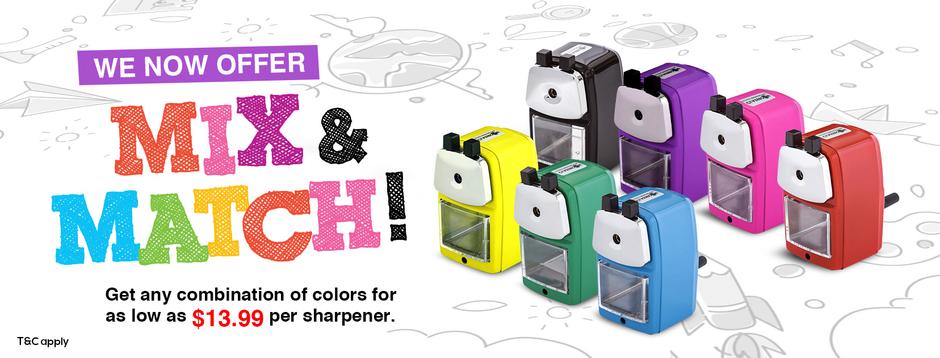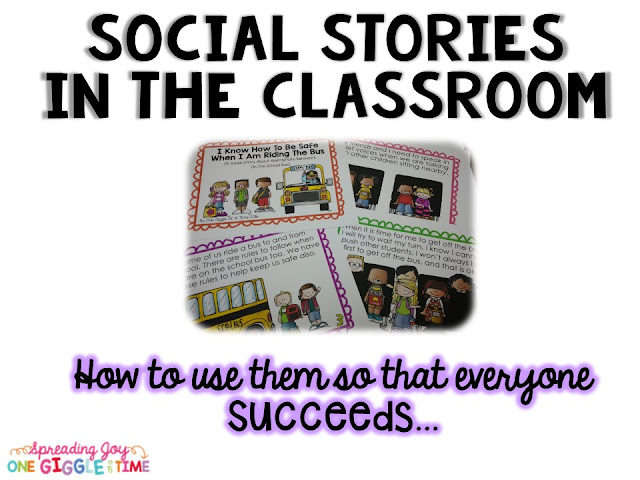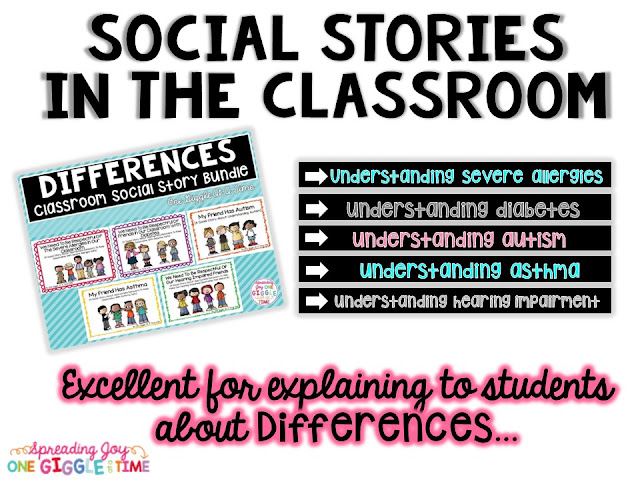Hi Friends! Today I want to show you how to make a "No Name Board" for your classroom. What is it and why do you need one? Well, let me just tell you...
So, a "No Name Board" is a place to put those papers that INEVITABLY get turned in NAMELESS... EVEN AFTER YOU HAVE SAID 7,985,453,213 TIMES "Don't forget to put your name on your paper." It is, essentially, a place to put those poor, nameless papers. And...for some reason, those NAMELESS papers that NO ONE would claim before...suddenly, magically, miraculously seem to reconnect with their owners once they have been "featured" on this "fancy-shmancy board".
But, the why you need one of these boards in your life IMMEDIATELY may be the most important part in all of this...
TO SAVE YOUR SANITY!
Because, here is the deal, you and I both know...it is going to happen. No matter how many times you say it, sing it, repeat it, chant it, dance it, and act it out together in cooperative groups...there WILL BE students who will turn in their papers without names on them... In the past this may or may not have been something that has made you tiptoe very close to the edge of your sanity. But NO MORE! I am here to save your sanity with the "CUTENESS FACTOR" of the "No Name Board".
Now hear me out...I am a firm believer that
FUNCTIONALITY + CUTENESS = HAPPINESS x INFINITY
EVERY SINGLE TIME!
So, yes, there will always be papers without names on them. Yes, it is irritating. But now, when you go to hang them on the "No Name Board"...you will immediately stop and think to yourself, "Look how cute that "No Name Board" is! I am so glad I made that absolutely cute thing and I have it in my life!" Then you will forget all about being irritated that those few papers don't have names on them and you will go and drink a cup of coffee and celebrate your FANTASTIC self!
Here is a video showing you the steps I went through to make my "No Name Board".
As promised in the video, here are the steps for making the "No Name Board" written out for you.
You can get all the supplies you see here from Hobby Lobby and Michaels, and if you don't want to go to both stores, I am sure you can find substitutions for any of these products in either store or even in your own home. (For instance, I already had the clothespins, paint, and both kinds of glue at home, just waiting to be used for a fun project!) *I just noticed I did forget to take a picture of the q-tips. Sorry...you also need a couple q-tips!
How To Make A "No Name Board":
1. Evenly space five clothespins at the bottom of the board. You want them to hang over the edge. Use a q-tip to apply the wood glue to the top portion of the clothespins (from the end to the metal piece) and then stick them onto the board. (The use of the q-tip is so that you don't get goopy wood glue all over everything...or maybe that is just something I do when I am crafting.) Let those dry for a few hours. (The bottle says 24 hours...I cannot wait that long when I am creating CUTENESS! But you can do what you want!)
2. Spray paint your board and clothespins black.(Don't forget to do the edges.) Let paint dry. (I would say something about watching paint dry here...but I won't.)
3. Now measure and cut the ribbon to edge the board with. Then use the Tacky Glue to glue the ribbon down with. (I don't use a q-tip for this glue, because it usually comes out of the bottle pretty controlled.)
4. Next, you are going to make your ribbon knots. Choose four ribbons for each clothespin. Cut the ribbons in half and set half aside. Once you have them in half, then holding them together, fold them in half, leaving about a 1 1/2" or 2" loop at the top. Tie the whole bundle in a knot. Do this for each clothespin. Using the Tacky Glue, glue the ribbons down by putting the glue onto the clothespin and then pressing down on the ribbons.
5. Last, you need to position your letters onto the board. This pack of letters only had one alphabet set in it, but we need two N's. Instead of buying two letter packs, I just used the Z turned on it's side to make the second N. (Take that- Company that made the letters but only sells one alphabet per pack!!! What can you spell with only one of each letter??!!!) Once you have your letters positioned how you want them, then glue them down using the Tacky Glue. Leave the board set out to dry. (Probably overnight this time.)
6. You can put whatever kind of hardware you need to on the back to hang it. I put thick strips of magnets on the back of mine and hang it on my whiteboard because we cannot hang things on the walls at my school. (It takes quite a few magnets to hold it up.)
This is what your final project will look like!
TOTAL CUTENESS...RIGHT!!???
In the video I told you we sing a song about putting our name on our paper in my class. It does work for the majority of the kids. If you would like a copy of it you can get it by clicking on the picture below.
Oh, and here is a close-up picture of the big paper clips from Michaels that I used the extra ribbon on. I just tie the ribbon into knots at the top. I usually put three or four ribbons onto each paper clip. These make GREAT gifts for team members!
Send me pictures of your "No Name Boards" and your paperclip creations! I would LOVE to see them so I can get my HAPPINESS x INFINITY out of their FUNCTIONALITY + CUTENESS!
Thanks for stopping by!































































